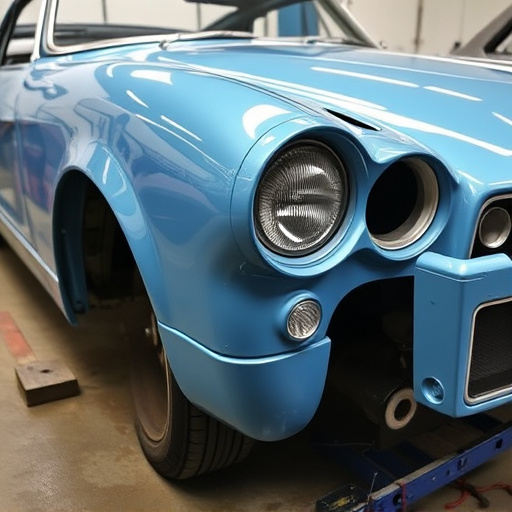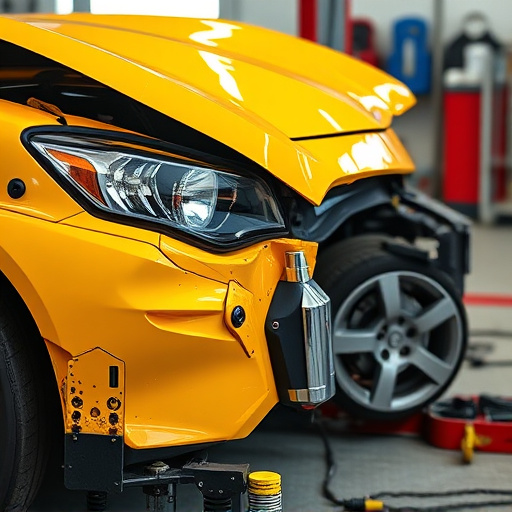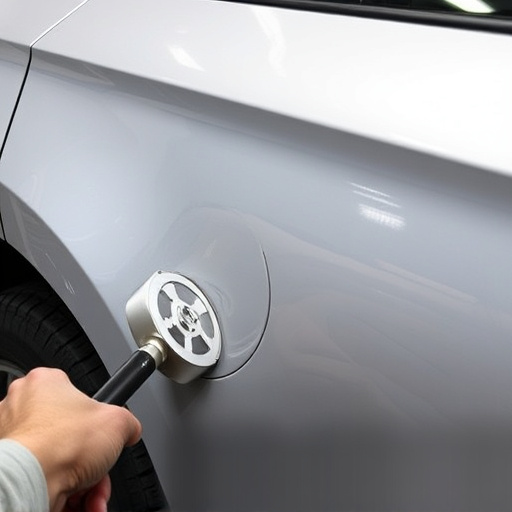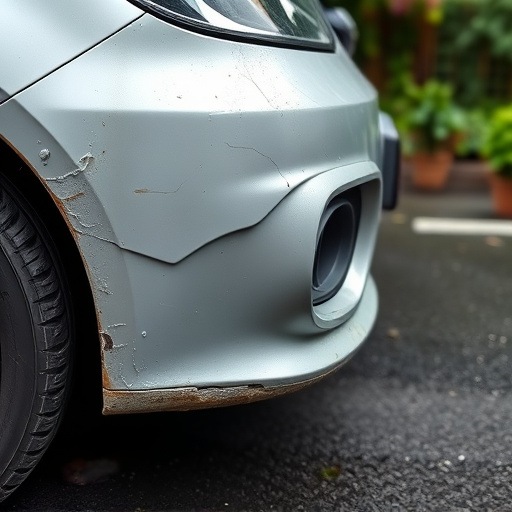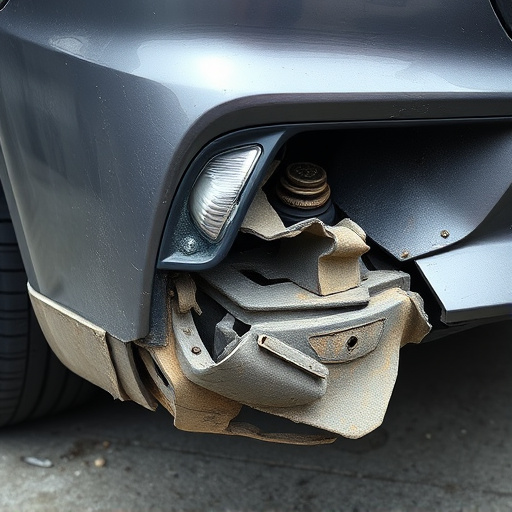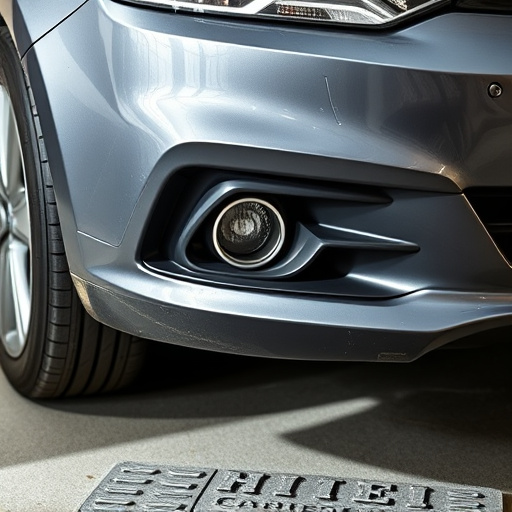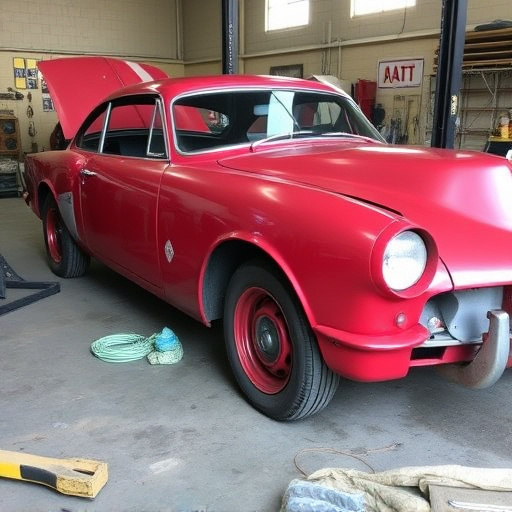Ultrasonic dent detection, using high-frequency sound waves, revolutionizes automotive collision repair by revealing subtle vehicle damage. Beginners should start with budget-friendly entry-level models, focusing on ease of use and versatility for personal/light professional applications like body panel repair. Understanding wave interactions and their application in identifying and repairing dents without invasiveness is crucial for mastering this technology. The process involves emitting sound waves to detect abnormalities, eliminating the need for lengthy visual inspections or X-rays. Operators learn to interpret echoes for targeted, effective repair strategies.
“New to the world of dental technology? Ultrasonic dent detection is a game-changer, offering precise and efficient tooth inspection. This comprehensive guide caters to complete beginners, leading you through the fundamentals of this advanced technology. From understanding its working principles to selecting your first detector, you’ll learn about basic techniques and diverse applications. By the end, you’ll be equipped with the knowledge to make informed choices and embark on your journey in ultrasonic dent detection.”
- Understanding Ultrasonic Dent Detection Technology
- Choosing Your First Ultrasonic Dent Detector
- Master Basic Techniques and Applications
Understanding Ultrasonic Dent Detection Technology

Ultrasonic dent detection is a cutting-edge technology revolutionizing the way auto body shops and car repair shops handle cosmetic repairs. This non-invasive method uses high-frequency sound waves to identify and measure dents, dings, and scratches on vehicles, offering an accurate and efficient alternative to traditional manual inspection. By transmitting ultrasonic pulses through the vehicle’s surface, the technology creates a detailed image of its internal structure, revealing even subtle deformities that might be missed by the naked eye.
In the realm of automotive collision repair, this advanced detection system plays a pivotal role in precision repair and restoration. It enables technicians to pinpoint damage accurately, ensuring every dent is accounted for during the repair process. Moreover, ultrasonic dent detection streamlines the overall repair workflow, reducing the time and resources typically required for manual inspection. This not only benefits auto body shops but also car owners by offering faster turnaround times and more precise, high-quality repairs.
Choosing Your First Ultrasonic Dent Detector
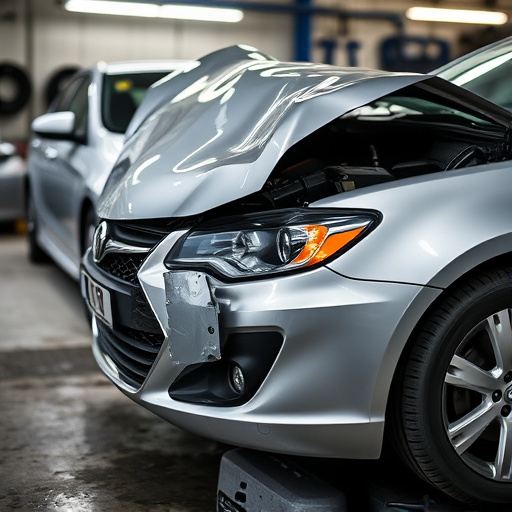
When starting your journey into ultrasonic dent detection, selecting the right tool is a crucial first step. Look for an ultrasonic dent detector that suits your experience level and budget. Entry-level models are ideal for beginners, offering basic functionality at a reasonable price point. These tools typically use sound waves to identify dents and damage on various surfaces, making them versatile for both personal and light professional use, such as in auto repair services or vehicle repair shops.
Consider factors like ease of use, range, and the types of materials it can detect when choosing your first ultrasonic dent detector. Some models are designed for specific applications, like body panel repair or paintless dent removal, so align your selection with your intended use cases. Remember, investing in a quality tool from reputable manufacturers can significantly enhance your learning experience and future auto repair services or vehicle repair services.
Master Basic Techniques and Applications

For a complete beginner venturing into ultrasonic dent detection, understanding basic techniques and applications is paramount. This involves grasping the fundamentals of how ultrasonic waves interact with various materials, particularly in identifying and repairing dents on vehicles like cars or even in body shop services. Once you’ve mastered this, you’ll be able to employ these non-invasive methods effectively for precision repairs, a skill highly sought after at any collision repair center.
The process typically involves using specialized equipment that emits high-frequency sound waves to detect abnormalities under the surface. This technology has revolutionized car bodywork services by enabling technicians to pinpoint damages without the need for time-consuming visual inspections or costly X-ray imaging. As you advance, you’ll learn how to interpret the echoes produced when these waves encounter dents, allowing for targeted and effective repair strategies.
Ultrasonic dent detection is an exciting, accessible field for beginners. By understanding the technology, selecting the right detector, and mastering basic techniques, you’re well-equipped to explore the many applications of this innovative tool. Whether for hobbyist projects or professional endeavors, with practice and patience, ultrasonic dent detection can open doors to a world of precise material analysis and non-destructive testing.
